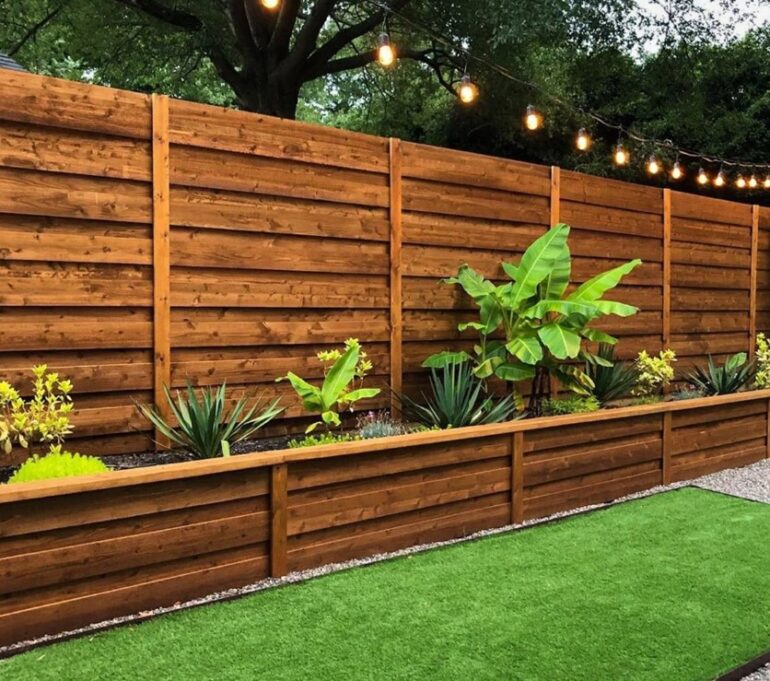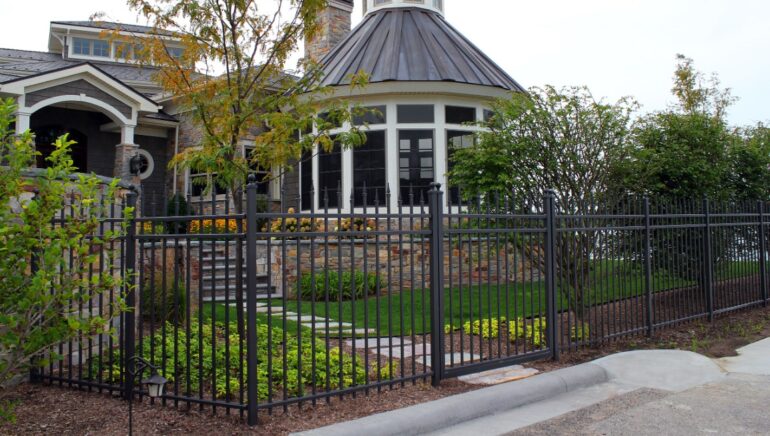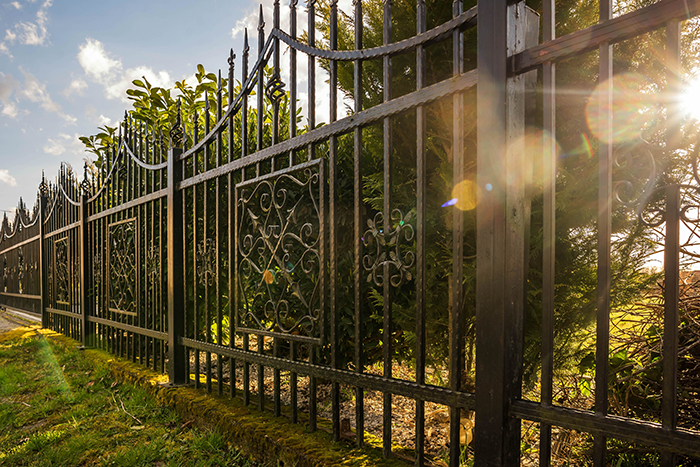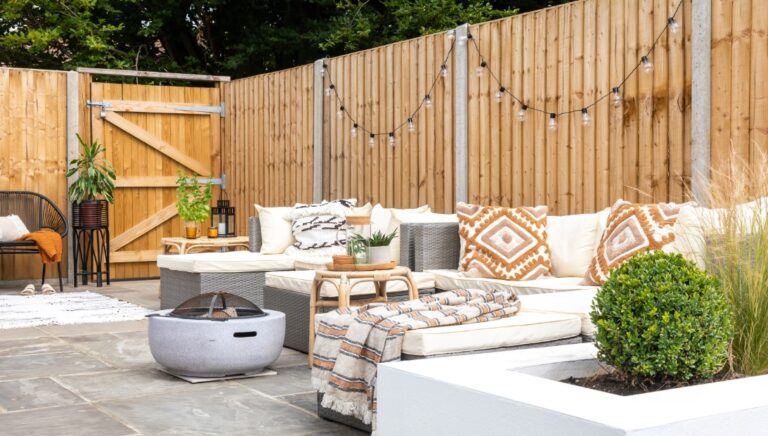If you’ve decided that your yard needs a fence, you’ve probably already noticed how wide and distinct varieties there are. Of course, there is more to consider than just your personal aesthetic preferences, such as the fence’s intended function, your budget, the types of fencing already present in the neighborhood, and any restrictions imposed by your HOA.
For safety and seclusion, some homeowners want to enclose their whole backyards in a fence, not just their pools. Gardeners often use a fence to prevent animals from destroying their efforts. Here are some examples of popular fencing options for yards, sure to spark some inspiration.
Fencing’s Vital Role
Having a fence around your property provides several practical advantages. Putting up a fence can make a home more secure. If you live close to a nature preserve, a fence must keep any stray or wild animals out of your yard and away from your family. If you’re worried about neighbors intruding or spying on you, a fence can significantly increase your sense of security and privacy. In addition, encroachment can occur if you’re careless. Fencing will help you clearly and legally define the boundaries of your property.
Before settling on the “correct” fence for your needs, numerous considerations must be made. There are many kinds of fencing, but let’s start with the five most common ones.
Wooden Fences

Wooden fences can be as simple or ornate as your budget permits, outperforming other fencing materials in terms of security and privacy. The cost will also depend on the kind of wood you use. For its low cost and long lifespan, pressure-treated pine is famous. Sustainable tropical hardwoods, cedar, and redwood are good options if you can afford to spend more. Know that wood fencing requires annual treatments and upkeep to maintain looking good.
Woods such as pine, fir, spruce, cedar, and cypress are superior when used to construct fences. You can find a wood fence that meets your requirements and your budget.
If you want to spruce up your environment with some color, you can paint it in various hues. Unfortunately, wood can spontaneously catch fire and may not maintain its shape through shifts in humidity and temperature. You should also seek expert help to ensure it is adequately screwed and resolve any issues associated with expansion and contraction.
Chain-Link Fence
Chain link fencing isn’t the most aesthetically pleasing option, but it gets done and can help keep pets in or out of trouble for very little money. Not only is chain link fencing inexpensive, but it also has the added benefit of lasting many years with significantly no upkeep.
A Fence is Constructed of Steel or Aluminum

Aluminum and steel both have a sleek appearance and a long lifespan. Aluminum fences are resistant to corrosion even in wet and humid environments, although it is not as secure as steel. (If you have a young, energetic household, keep in mind that active children and boisterous animals can easily puncture it.) However, steel is among the most robust materials available. It requires routine care, such as polishing and painting to prevent rust buildup, and performs best in dry or humid areas.
PVC Fencing
Vinyl fencing provides a long lifespan and a high degree of aesthetic value. They require zero upkeep and are five times more durable than wood, making them suitable for usage by both unruly children and cattle. This fence type is more expensive than others, but it can withstand the elements for up to ten years.
Wall of Wrought Iron

Wrought iron fences are attractive and practical; they keep intruders out of your yard while still looking great. The pickets may be pretty, but you’ll have to give up some privacy to get them. The price tag can skyrocket if you want fancy flourishes and a corresponding gate. If you take the necessary precautions to protect the metal from rusting, this material should last for decades.
Conclusion
Think long and hard about your fencing needs before settling on a design for your yard. Wood, vinyl, or aluminum fences are all fantastic options if you need more solitude at home. Using wrought iron, solid wood, or sturdy metal provides enough protection. And if you’re worried about keeping pets (or children) safe, you may choose between chain link, wood, or vinyl.
Once you’ve tracked down the materials you’re after, it’s time to focus on finding a design that works well with your house and the rest of the neighborhood. When the fence is finally up, it’s a good idea to evaluate your homeowner’s insurance policy to be sure you’re still adequately covered.

